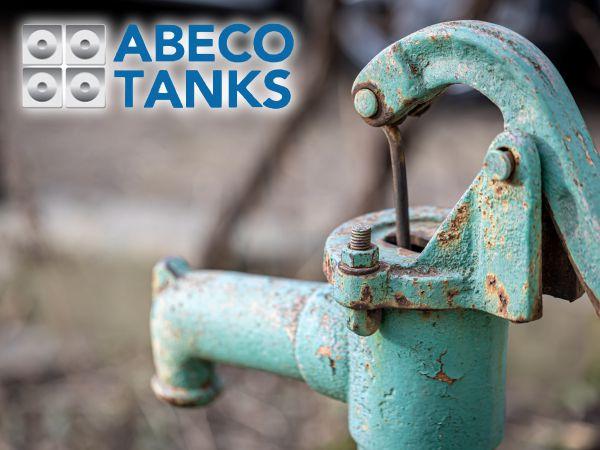Loadshedding in South Africa has taken its toll on businesses and communities over the last few years and many have taken control of their own electricity supply by installing inverters, generators and solar systems but there is another serious challenge that needs to be overcome.
The high levels of loadshedding are affecting the operation of pumping stations and water treatment plants. Both facilities need electricity to function and the prolonged power outages of four plus hours, at one time, are interrupting the pumping of water into the reservoirs. They are not able to fill up quickly enough leaving parts of the country with an interrupted supply of water.
The higher lying areas are more affected as the water needs to pump up hill e.g., the Gauteng escarpment is higher lying than the Vaal dam so the water needs to pump up hill to the reservoirs.
The same applies to high lying areas in Cape Town e.g., the Helderberg suburb in Somerset West.
This coupled with the high use of water by individual South Africans is cause for concern.
Capetonians experienced a very serious water shortage during the drought in 2017 and 2018 and faced difficult water restrictions but they overcame this by conserving water using water conservation systems. They proved that it is possible to save water. We should be water-wise at all times and not just when a crisis hits.
South Africans are currently being asked to conserve water to reduce the pressure on the sewer network and wastewater treatment works caused by the continual loadshedding.
Water is the most valuable commodity in Africa today. Without a continual water supply businesses and communities stop functioning. We can no longer rely on water to run through our taps without being interrupted. Just like we have to take care of our own electricity supply, so do we need to plan for times when the water stops flowing.
Education is key to people understanding the importance of water and that its supply on a daily basis is not a given.
View: Water Tanks for Sale
This education should start at school and be continued in the home but it is not just children who need to learn. Adults also need to be educated and reminded daily. Businesses should educate their staff and municipalities their communities. The media should also educate and remind.
How do businesses, communities, homes, farms, manufacturing facilities, industry, mining, hospitals, schools, clinics etc conserve, recycle and save water?
There are a number of water conservation systems that can be installed:
High-efficiency taps, showerheads and toilets are available for installation.
The flowrate of the taps is 5.6 litres per minute compared to the flowrate of inefficient taps which is 8.3 litres per minute. Less than 7.5 litres of water per minute is used by the showerheads and every time the high- efficiency toilet flushes it uses 4.5 litres as opposed to 61 litres used by older toilets.
This is a massive saving in water usage.
A large amount of water is lost due to leaking taps, pipes and toilets. It is our responsibility to regularly check that there are none in our buildings and if there are to first turn the water off and to have them repaired quickly.
Systems to recycle water include:
Rainwater tanks that harvest rainwater from the rooves of buildings. This water can be used to flush toilets and for irrigation.
Greywater recycling systems are excellent for recycling used water from our baths, showers, basins and washing machines. This water can also be used to flush toilets and for irrigation.
So flushing toilets and watering the garden is taken care of but what about the water we drink and bath or shower in?
Abeco Tanks manufactures steel tanks that hold municipal water keeping it hygienic for these purposes.
It is the aim of Abeco Tanks to meet the unique and individual needs of their clients by offering a wide range of water storage tank solutions.
Their tanks are modular in design, erected using steel panels and bolted together on site.
All of the steel bolts and nuts are of high tensile grade and the rubber components and sealants are non-tainting and non-toxic.
A section of the Abeco factory is dedicated to ensuring the thickness of the steel used in the manufacturing of each tank can withstand the stress put on it by the volume of water inside the tank.
The steel components used in the steel tanks are all hot dipped galvanized making sure that the tanks do not corrode over time and that the water inside the tank remains unaffected by ultraviolet rays or light penetration. The water remains drinkable and hygienic because there is no algae build up in the tanks.
Their tanks come in different shapes and sizes: circular, rectangular or custom built to fit into any space allocated. Their tanks can also be built on the ground or elevated.
The Abeco tanks can hold from 1 800 litres of water up to 10 million litres of water. The size of the tank is important to consider as a certain amount of water will be required by each customer. Their needs should be assessed to ensure the correct size tank is installed.
Abeco Tanks was established in 1983 and has 40 years of experience in supplying water storage solutions all over Africa.
Installing a water tank is a long-term investment as they last for up to 40 years. Abeco is well known for their excellent customer service and reliability from installation of the tank and through the years of use.












